LegacyGuard Process
Your Goals. Your Plan.
One of our goals at Huizenga Law is to provide you with peace of mind by guiding you through the creation of an effective estate plan or long-term care plan. To help with this, we have developed our simple, 3-step, LegacyGuardTM process. You’ll follow these three steps to: identify your goals, design your plan, and implement the finished product, and we’ll walk right beside you every step of the way. Continue reading below to find an in-depth look at how we promise to help you make a plan that works for you.
Step 1: The Mutual Interview
The Mutual Interview is your first contact with us at the Huizenga Law Firm. At this meeting, we help you get comfortable with us personally and professionally. During this meeting, you:
- Give us background into your family situation and the goals for your plan
- Show us your financial situation so we can give you options for your plan
- Learn about our process to see if we are a good fit for you
- Ask us whatever questions you have
- Decide if you want to work with us
Like we say, it’s your goals, your plan, and ultimately your decision. We won’t pressure you into working with us. If at the end of the meeting you decide not to work with us, there’s no hard feelings. But if we’re a good fit, and you choose to move forward with Step 2, we’ll set up a time to meet to design your plan.
Step 2: The Design Meeting
Before the Design Meeting, you’ll need to make decisions about who you want to appoint to the key roles within your plan.
Then, at the meeting, we’ll discuss in-depth how your plan works. This ensures your plan accomplishes your goals as easily and completely as possible. We’ll show you a visual representation of your plan while you ask as many questions as you need until you understand how your plan works.
In summary, at this meeting you decide:
- Who helps you make your plan work the way it should
- What goes into your plan to accomplish your goals
Step 3: The Sign and Align Meeting
At the Sign and Align Meeting, we make sure your plan accomplishes your goals by reviewing your plan and asset alignment documents. We take you through your plan organizer to show how each document accomplishes your goals. Where a trust is involved, we’ll review which assets belong in the trust and which ones stay in your name.
After you review your plan, you sign your plan to make it official. Each document is signed and notarized, so it goes into effect on the same day you signed your documents.
At the end of the meeting, we discuss next steps to make sure your assets are aligned with your plan properly. This is primarily done through letters but some may have to be changed manually. For more information about asset alignment, check out this video.


